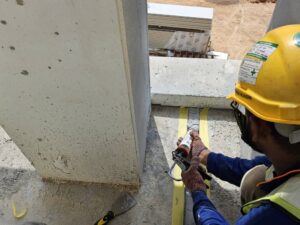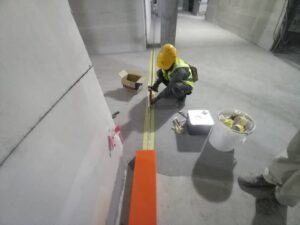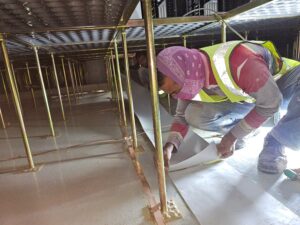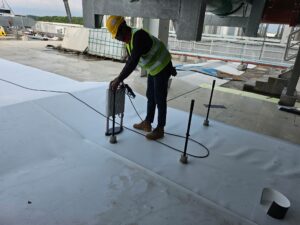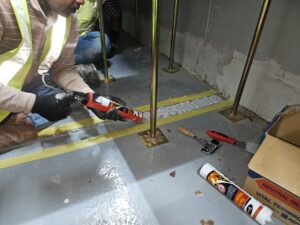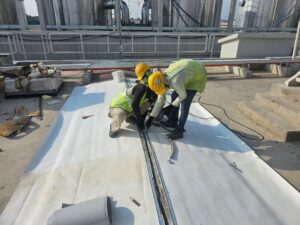Structural Glass Sealant Repair
Structural repair sealants for glass and window waterproofing are specially formulated compounds designed to seal and repair cracks, gaps, and joints in glass and window frames. These sealants provide a waterproof barrier, preventing water infiltration and protecting the underlying structure from moisture damage.
Advantages
- Waterproof Seal: Protects against water infiltration, preventing leaks and moisture damage.
- Versatile Application: Adheres to various surfaces, including glass, metal, and wood.
- Flexible and Durable: Withstands structural movements without cracking or deteriorating.
- Weather Resistant: Holds up against harsh weather conditions, including UV radiation.
- Easy to Apply: Can be applied with a caulking gun or trowel for quick and simple installation.
- Long-lasting Protection: Provides durable sealant that reduces the need for frequent maintenance.
- Cost-effective Solution: Offers efficient waterproofing and repair without the need for extensive renovations.




Expansion Joints
Expansion joints are necessary to allow movement in buildings due to temperature changes, settlement, or structural shifts. However, these joints can become weak points for water leakage if not properly sealed. Depending on the location, different waterproofing methods can be used:
1. PU or Flexible Sealant with Backer Rod
This is a common method for roof slabs, walls, and podiums. A soft backer rod is placed inside the joint, followed by the application of a PU (polyurethane) or silicone-based sealant. The sealant stays flexible and moves with the joint while preventing water from entering.
2. TPO Membrane Integration
In roof or podium areas using TPO membranes, special expansion joint profiles can be installed and heat-welded to the surrounding membrane. This forms a seamless, watertight, and flexible joint that can handle weather and movement.
3. Waterstop Embedded in Concrete
For basements, tanks, and other concrete structures, PVC or hydrophilic waterstops are placed in the joint before the concrete is poured. These stop water from leaking through the joint, even under pressure.
Each method is chosen based on the joint’s location, type of movement, and exposure to water. Using the right treatment ensures long-term protection and prevents costly water damage.

